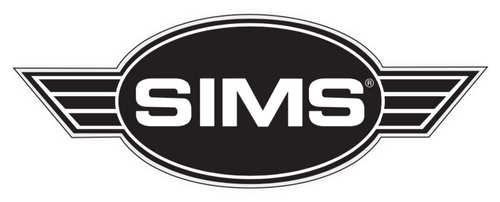
Last year during the 2024 Dew Tour, I sat in the athlete’s lounge watching the streetstyle competition on one of the TVs in the lodge. Sam Taxwood was about to take his run and I overheard something that stuck with me. Somebody in the lounge commented—and I’m paraphrasing here—about how crazy it was to see someone like Sam riding in the streetstyle contest. The comment struck me because, although true, it seemed sad in a way. No, you wouldn’t expect to see someone like Sam riding at Dew Tour or XGames, not even in a streetstyle event. And not even when Sam, or people like him, have been putting out footage at actual spots for years. To say the least, the street side of contest riding is broken and it is broken for one simple reason, the riders aren’t showing up.
You don’t have to look hard to find a successful snowboard contest. Halfpipe events, for the most part, are entertaining to watch because that discipline recognizes that in order to succeed the riders need to be as comfortable as possible. Comfort breeds boredom and boredom breeds progression, Kaishu’s twenty-five-foot air and Lucas Foster’s allyoop double mctwist are evidence of this.
But we do not see this type of progression in competitive street snowboarding—if such a thing even exists. If anything, we’re seeing a regression. We’re seeing style cast aside in order to make room for another degree of rotation on or off the rail because that’s what the course asks of its riders. The course is quick, tight, and more reminiscent of the top part of a slopestyle run than anything you would find in the street. This may be a response to the type of riders who attend a streetstyle contest.
Since we were talking about it, let’s look at last year’s Dew Tour streetstyle. On the men’s podium only one rider—Luke Winkelmann in the silver medal spot—has been actively filming street snowboarding in the last few years. The other two spots went to Liam Brearley and Darcy Sharpe—first and third respectively—riders who exist on the slopestyle and big air circuit. The women's field had a bit more of a true street roster, but still, Mia Brookes—a slopestyle rider—took home the top spot.

Now, I have no problem with Mia or Liam or Darcey or any contest rider for that matter. I stood at the bottom of the halfpipe last year and watched contest riders do what they do best and it blew my mind to see. And frankly, I was sad not to see slopestyle included in the event lineup for last year's Dew Tour. It would have been the perfect place for a certain group of riders to ride honestly. But that did not happen. And the result was streetstyle.
Taking riders from the slopestyle field means that the course will reflect that. It was mentioned earlier but streetstyle courses seem more like the top section of a slopestyle course rather than anything else: three rails in quick succession with an insufferable lack of flow. Because the course is just slopestyle sans jumps, the tricks are what you would see in a slopestyle course. There is no risk taking because the goal, more than anything, is to make it to the bottom.
So, since this is an open letter to the big names in contest development, I propose a solution. Or rather, a solution is already out there. If you need inspiration, look no further than the three incredibly entertaining and wonderfully honest to the sport rail jams: Heavy Metal, The Uninvited Invitational, and DIYX.
Heavy Metal and DIYX take what is real—what is true—about street snowboarding to the extreme, existing at spots rather than mountains. Because of this, street boarders show up. These contests breed an excitement that simply does not exist at XGames or at Dew Tour.
As for The Uninvited Invitational, there is currently no better on-mountain course or on-mountain contest format. The course is honest about what street snowboarding is: stairs, kinks, and, most importantly, no lines that seem like they should exist on a slopestyle course. The riders can drop when they choose and how they choose. The event is long, spread out over three days so riders can understand the course and find what they feel comfortable hitting. From that, the progression comes.
Editors Note: This article was written and released before the 2025 Winter XGames. We understand that things change, the streetstyle event this year may be an accurate representation of what street snowboarding is.



















